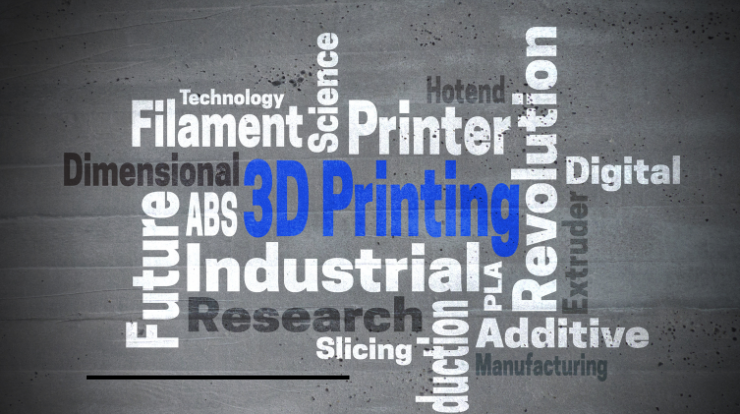
Contents
Dubai, with its ambitious marine development projects and commitment to innovation, presents a unique opportunity for the application of advanced construction techniques.
As the city continues to expand its presence in the marine environment, the need for durable, cost-effective, and sustainable underwater structures becomes increasingly important. In this article, we delve into the possibilities for using 3D printing technology in the production of underwater structures for Dubai’s marine projects, ranging from artificial reefs to submerged infrastructure.
Understanding the Need for Underwater Structures:
Dubai’s marine environment encompasses a diverse range of projects, including artificial islands, offshore developments, marine habitats, and coastal protection measures.
These projects require various types of underwater structures to support their functionality and longevity, such as breakwaters, revetments, seawalls, submerged pipelines, and habitat enhancement features.
Challenges in Traditional Construction Methods:
Traditional construction methods for underwater structures, such as cast-in-place concrete, precast concrete elements, and steel sheet piles, pose several challenges in terms of cost, time, and environmental impact.
These methods often require extensive on-site construction work, specialized equipment, and skilled labor, leading to higher expenses and longer project durations. Additionally, the transportation and installation of heavy concrete or steel elements can have negative implications for marine ecosystems and coastal environments.
The Potential of 3D Printing in Underwater Structure Production:
- Customization: One of the key advantages of 3D printing technology is its ability to produce highly customized structures tailored to specific project requirements. With 3D printing Dubai, designers can create complex geometries, intricate patterns, and integrated features that would be difficult or impossible to achieve using traditional construction methods.
- Material Flexibility: 3D printing allows for the use of a wide range of materials suitable for underwater applications, including high-performance concrete, fiber-reinforced polymers, and corrosion-resistant alloys. By selecting the appropriate materials, designers can ensure the durability, strength, and longevity of underwater structures in Dubai’s marine environment.
- Cost-Efficiency: While the initial investment in 3D printing technology may be higher than traditional construction methods, the potential for cost savings arises from reduced material waste, labor costs, and construction time. With 3D printing, structures can be fabricated on-site or in controlled environments, minimizing the need for transportation and installation logistics.
- Sustainability: 3D printing promotes sustainability in underwater structure production by reducing material consumption, energy consumption, and carbon emissions associated with traditional construction methods. By optimizing designs and materials, 3D-printed structures can minimize their environmental footprint and contribute to the preservation of marine ecosystems.
Possible Applications of 3D Printing in Dubai’s Marine Projects:
- Artificial Reefs: 3D printing technology can be used to fabricate artificial reef structures with intricate shapes and surface textures that mimic natural coral formations. These artificial reefs can enhance marine biodiversity, provide habitat for marine life, and protect coastal areas from erosion.
- Submerged Habitats: Underwater structures such as submerged habitats and underwater hotels can be constructed using 3D printing technology. These structures offer unique opportunities for marine tourism, research, and conservation efforts, while minimizing disturbance to sensitive marine ecosystems.
- Coastal Protection Measures: Seawalls, breakwaters, and revetments play a crucial role in protecting coastal areas from wave action, storm surges, and erosion. 3D printing technology can be used to create modular concrete elements or composite structures that are lightweight, durable, and easily deployable along the coastline.
- Submerged Infrastructure: Underwater infrastructure, such as pipelines, cable conduits, and underwater tunnels, can benefit from the customization and efficiency offered by 3D printing technology. These structures can be designed to withstand high hydrostatic pressures, corrosive seawater, and dynamic marine conditions.
Challenges and Considerations:
While 3D printing holds immense potential for underwater structure production in Dubai’s marine projects, several challenges and considerations need to be addressed:
- Material Selection: Identifying suitable materials that can withstand the harsh marine environment, including corrosion, abrasion, and biological fouling, is essential for the long-term performance of 3D-printed structures.
- Structural Integrity: Ensuring the structural integrity, stability, and durability of 3D-printed underwater structures requires rigorous testing, quality control, and adherence to industry standards and regulations.
- Scale and Complexity: Scaling up 3D printing technology to fabricate large-scale underwater structures with complex geometries poses technical and logistical challenges that need to be overcome through research, development, and collaboration.
- Environmental Impact: Minimizing the environmental impact of 3D printing in marine projects requires careful consideration of material sourcing, waste management, and ecosystem protection measures to safeguard marine habitats and biodiversity.
Conclusion:
In conclusion, 3D printing technology offers unprecedented opportunities for innovation in the production of underwater structures for Dubai’s marine projects.
From artificial reefs and submerged habitats to coastal protection measures and submerged infrastructure, 3D printing has the potential to revolutionize the way underwater structures are designed, fabricated, and deployed in the marine environment.
By leveraging the customization, cost-efficiency, and sustainability advantages of 3D printing, Dubai can lead the way in marine construction innovation while preserving and enhancing its coastal ecosystems for future generations.